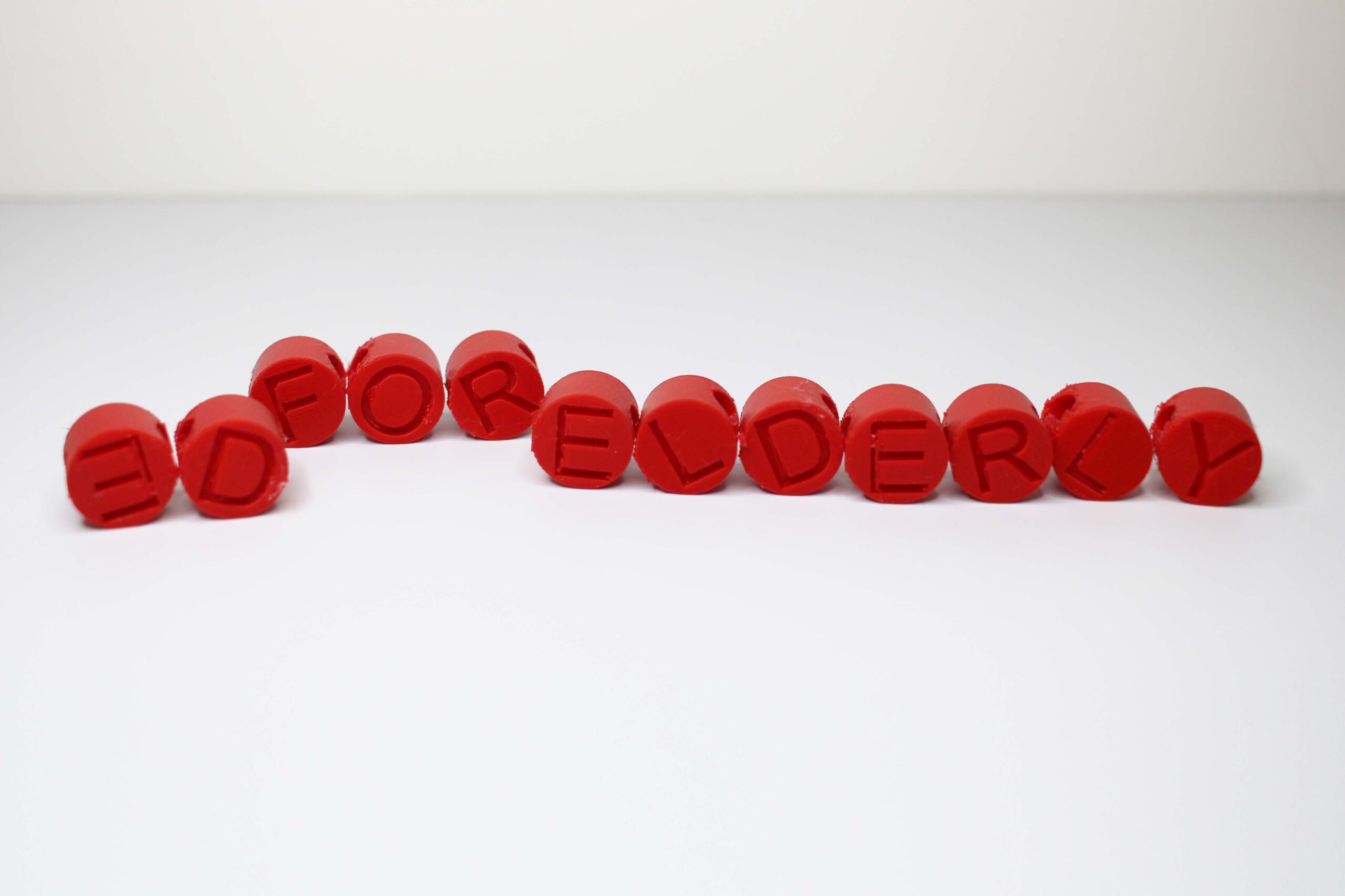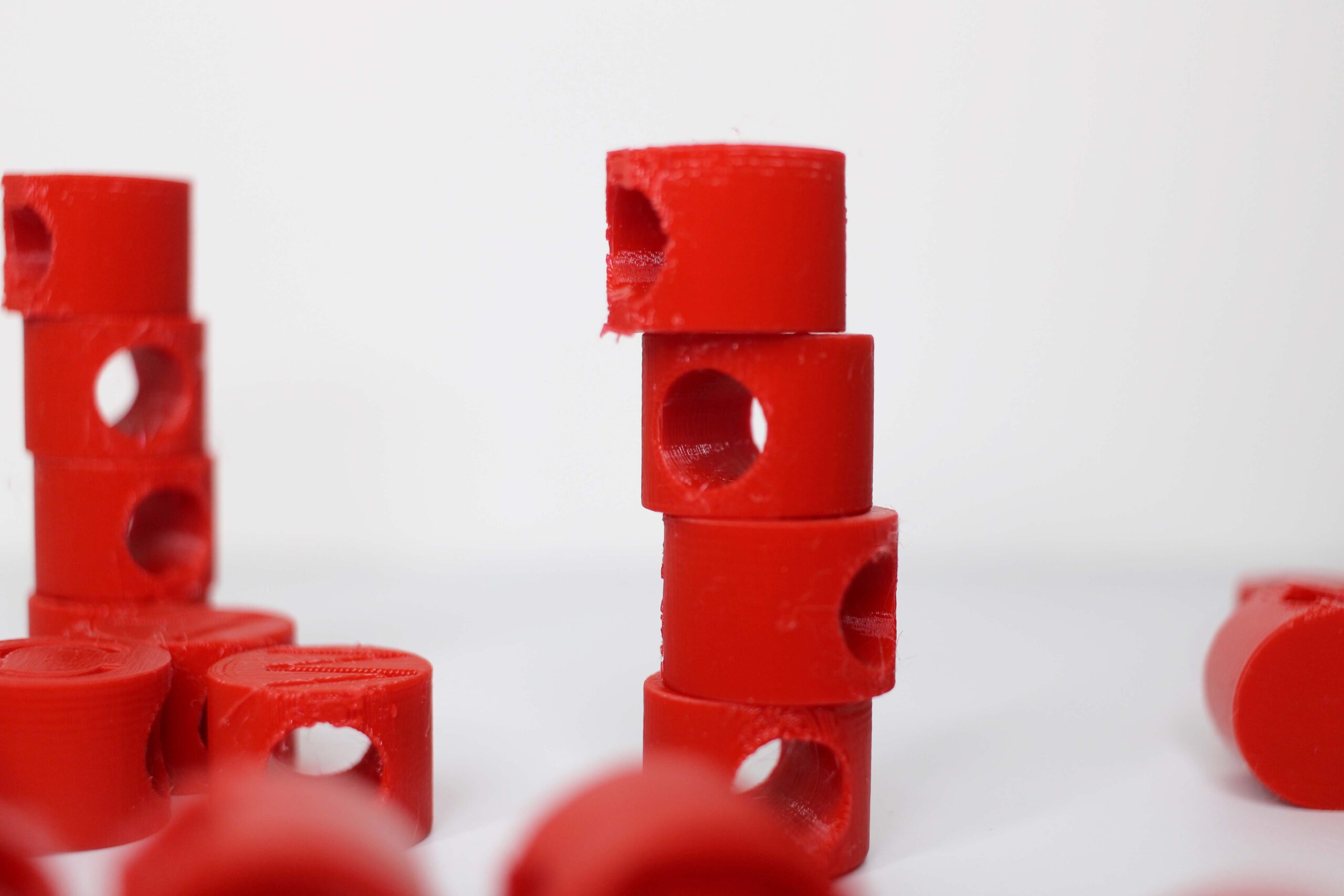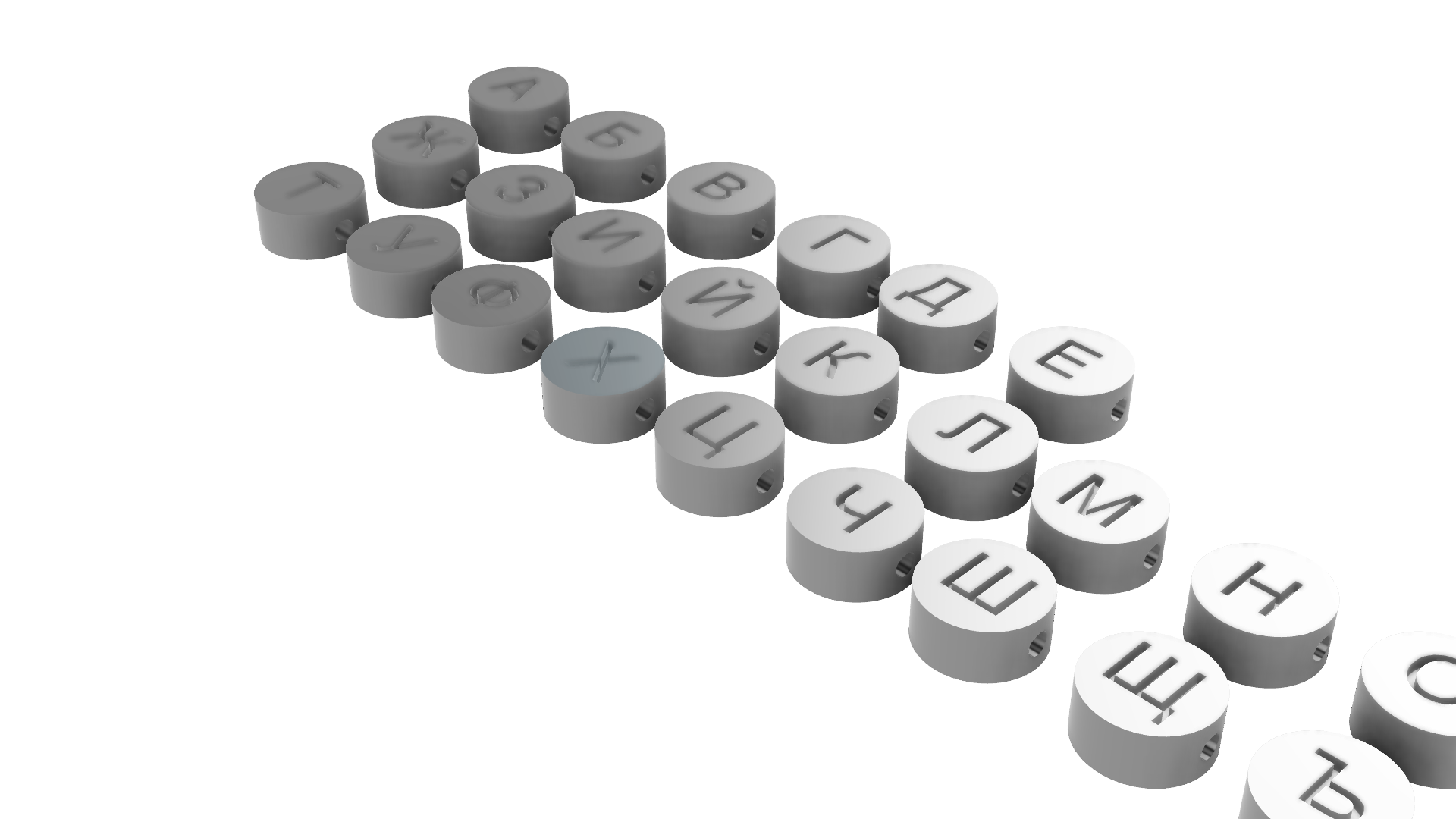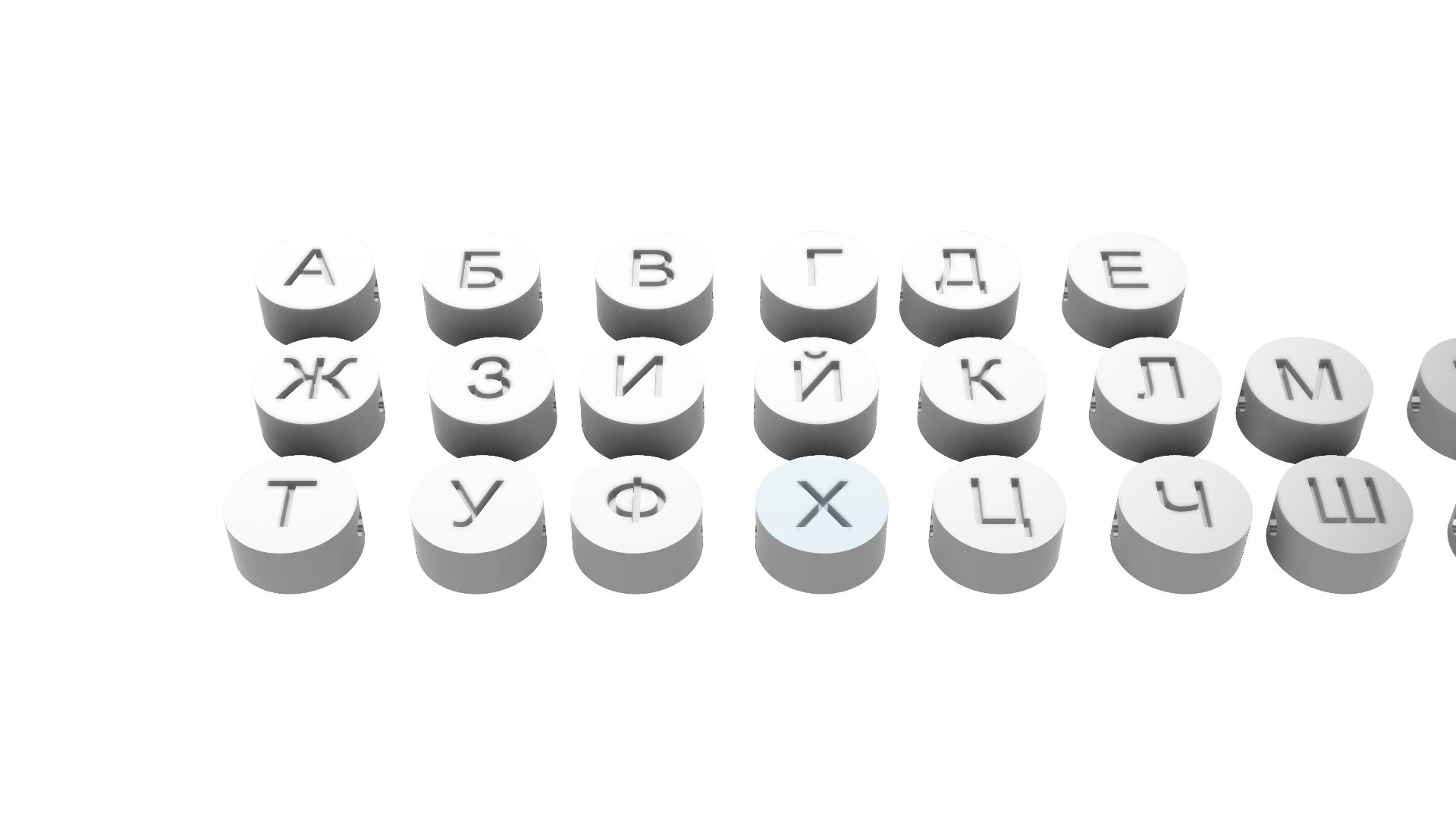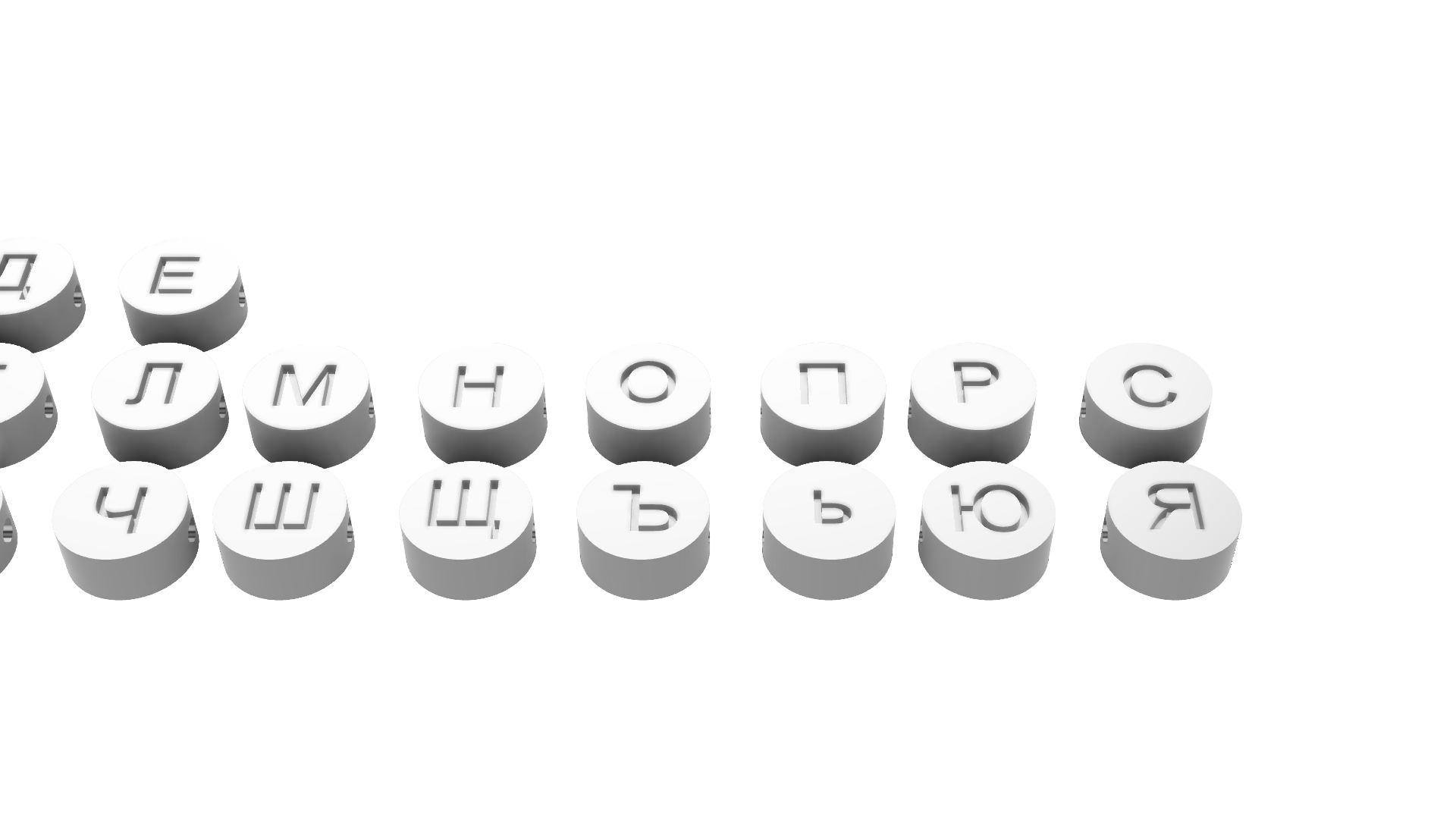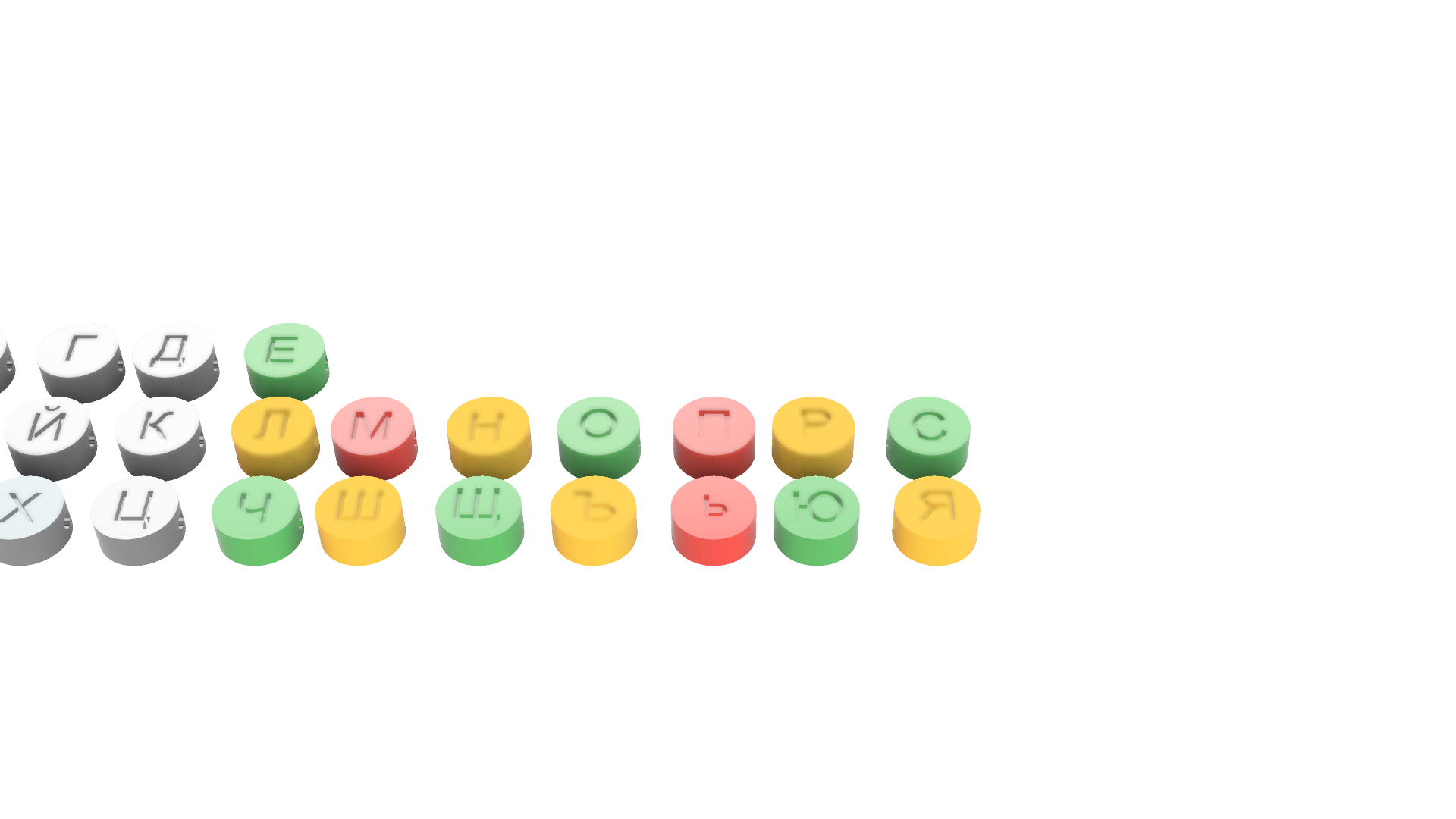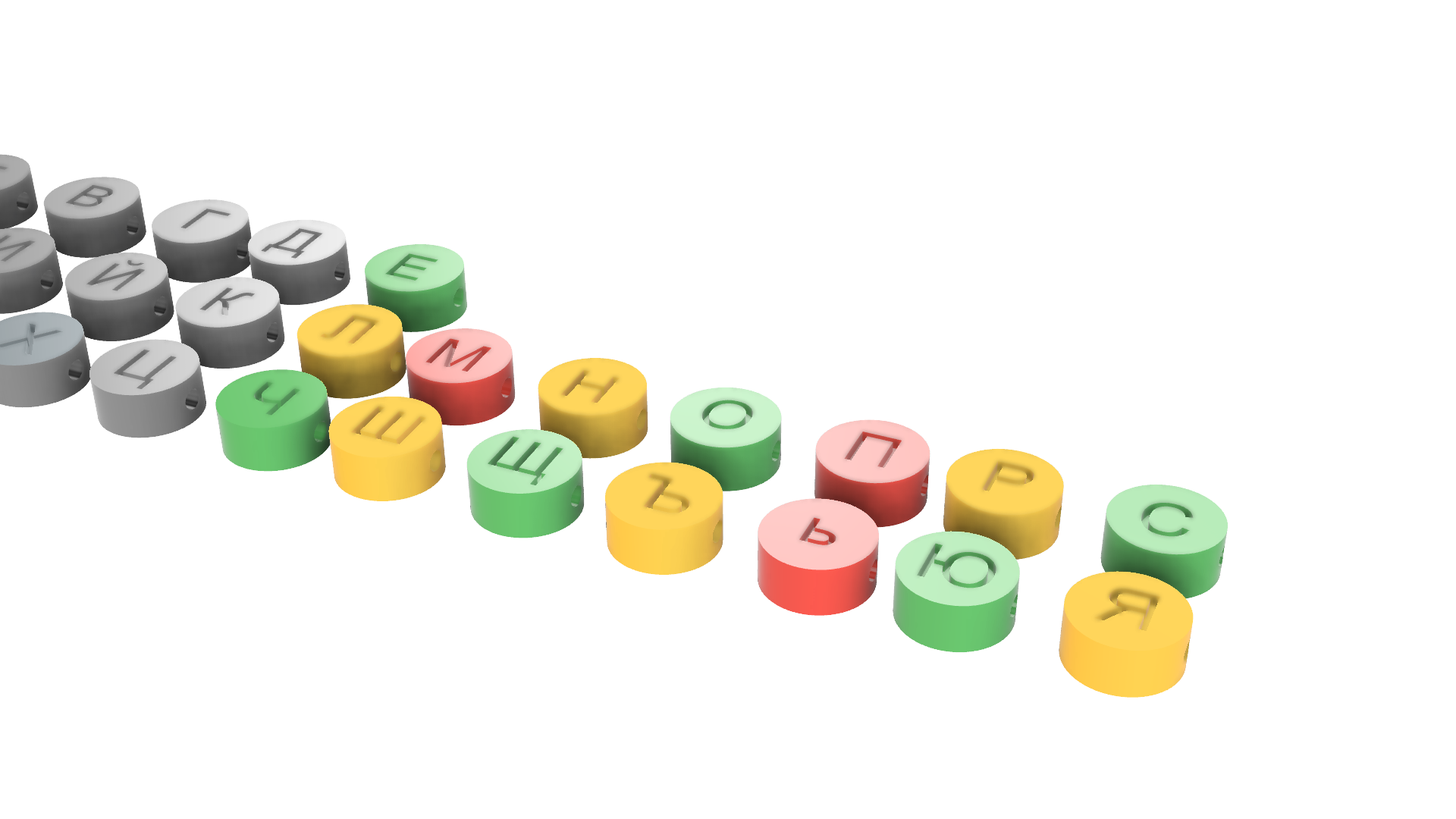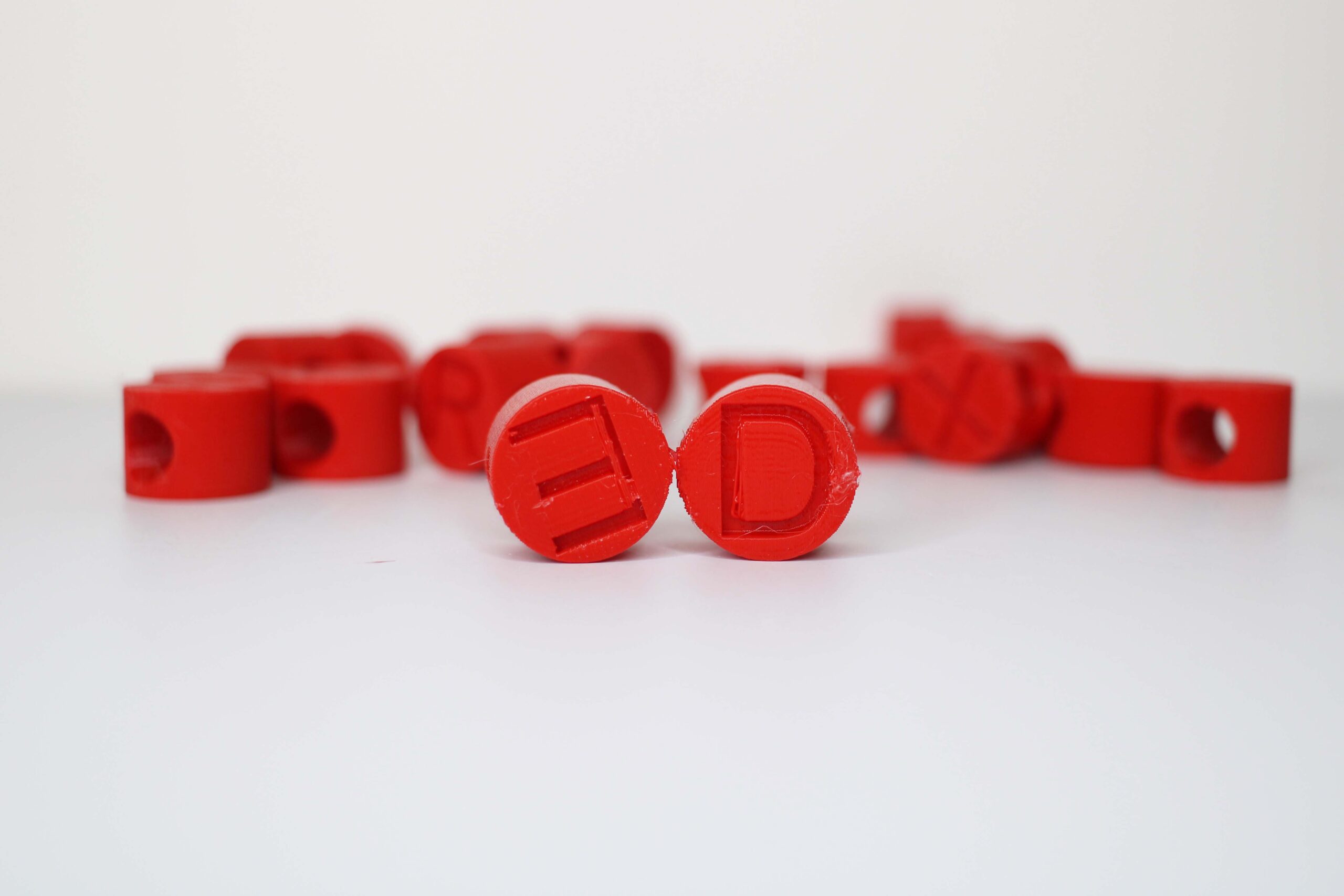
About
Exercise name:
Craft a Gift
Which cognitive area is it related to?
Concentrations, Coordination, fine motor skills, Memory
Description of the exercise:
For people with mild to moderate dementia. The exercise entails stringing the letters of a loved one to make a bracelet, necklace, or other item for a gift. It means that the person with dementia will have to make a plan – select letters, and execute it – string in the correct order. That will lead to increased self-confidence and boot the feeling of being useful. The activity supports memory and attention, as well as fine motor skills, which is associated with activation of the cerebral cortex.
Who is the game for? The game is suitable for professionals in a day center and residential service, as well as for a family caring for a loved one with dementia. It is suitable for people with mild to moderate dementia.
Materials needed – The memory box (the photo is in the description of My Family). Pouch with made letters with the possibility of piercing) a thin round elastic band and a needle with a wide opening.
Preliminary preparation – Put the bag with the letters, an elastic band, photos of family members, the safety pin and a ball with a thin round elastic band, scissors in the Memory Box.
Participants – a person with dementia (1, 2 to 3), caregiver.
This game is run by a caregiver and can have 1 to 3 participants with dementia.
Location – Choose a quiet place where the person with dementia and the person around you feel comfortable, e.g. around a dining table or coffee table, where the Box of Memories can be placed and the materials removed from it, the letters spread out so that they can be selected. There must be enough light. Make sure the person with dementia has taken glasses or other aids such as a hearing aid so that you can communicate.
Presentation – explain what you will do together, in a calm and fun way.
Ask the person with dementia to remove the letter bag, rubber band, and safety pin from the Memory Box. Start a conversation about the names of family members. If the person with dementia can’t remember the name of a loved one, offer to take out the family photos or look at the family tree, if you have already done so. Speak slowly and clearly, give the person enough time to think. If you work in a group of up to 3 people, give everyone time to say who they will make the bracelet for.
Ask the person to find the letters he needs to make the bracelet.
Ask the person to arrange the letters in front of them. Put the remaining letters in the bag and put them in the Memory Box. Leave the photo of the person if it was taken out of the support box.
Ask the person with dementia to take an elastic band and thread it into the needle. Then ask him to start arranging the letters. Finally, cut an elastic band. Remember that you need to leave enough rubber band to make a knot at the end. If necessary, help discreetly, with due respect.
Finally, congratulations on the well- done job.
Find a way to give the loved one a bracelet-gift.
How can this model be used at home and in residential care/nursing homes?
Dementia affects a person’s cognitive functions, self-identity, memory and concentration. It develops gradually and leads to a change of personality. People with dementia have a problem with memory, which leads to recall difficulties and problems with speech, coordination, abstract thinking, concentration, planning, orientation with regard to place and time, frequent mood swings.
This type of exercise will stimulate
• Concentration
• Planning
• Memory
• Coordination
• Communication
• Self-identity
• Self-confidence and feeling of worthiness
This can be a solitary exercise or it can be practiced in groups of three to six people with assistance by a facilitator.
What benefits can be obtained with its use?
This exercise will help maintain
• Increase of self-valuation, confidence and a positive outlook after a job well done
• Mood elevation
• Contact stimulation, family connections
• Fine motor skills
• Memory
Technical specification of the model
Technology:
FDM / PLA
Material:
PLA
Colour (One piece one colour):
White, yellow, green, black, red
Suitable dimensions for its use in the classroom (MM):
H = 15 mm, W = 7 mm, hole diameter = 3 mm
Should the piece be resistant or be subjected to stress?
Yes
Should it be printed during meeting with person with dementia, before or after?
Before
Do you have to paint the model?
No
Number of pieces of which the model is composed:
Number of cyrillic letters = 100 (as per scrabble), for english it’s also 100 pcs.
cyrillic letters:
А – 9, Б – 3, В – 4, Г – 3, Д – 4, Е – 8, Ж – 2, З – 2, И – 8, Й – 1, К – 3, Л – 3, М – 4, Н – 4, О – 9, П – 4, Р – 4, С – 4, Т – 5, У – 3, Ф – 1, Х – 1, Ц – 1, Ч – 2, Ш – 1, Щ – 1, Ъ – 1, ь – 1, Ю – 1, Я – 1
english letters:
A – 1, B – 2, C – 2, D – 4, E – 12, F – 2, G – 3, H – 2, I – 9, J – 1, K – 1, L – 4, M – 2, N – 6, O – 8, P – 2, Q – 1, R – 6, S – 4, T – 6, U – 4, V – 2, W – 2, X – 1, Y – 2, Z – 1
Ensemble type if necessary (slot, clip, screwed ...)
No
Accuracy and definition required. (Quality) Low, mid or High.
Mid
Images
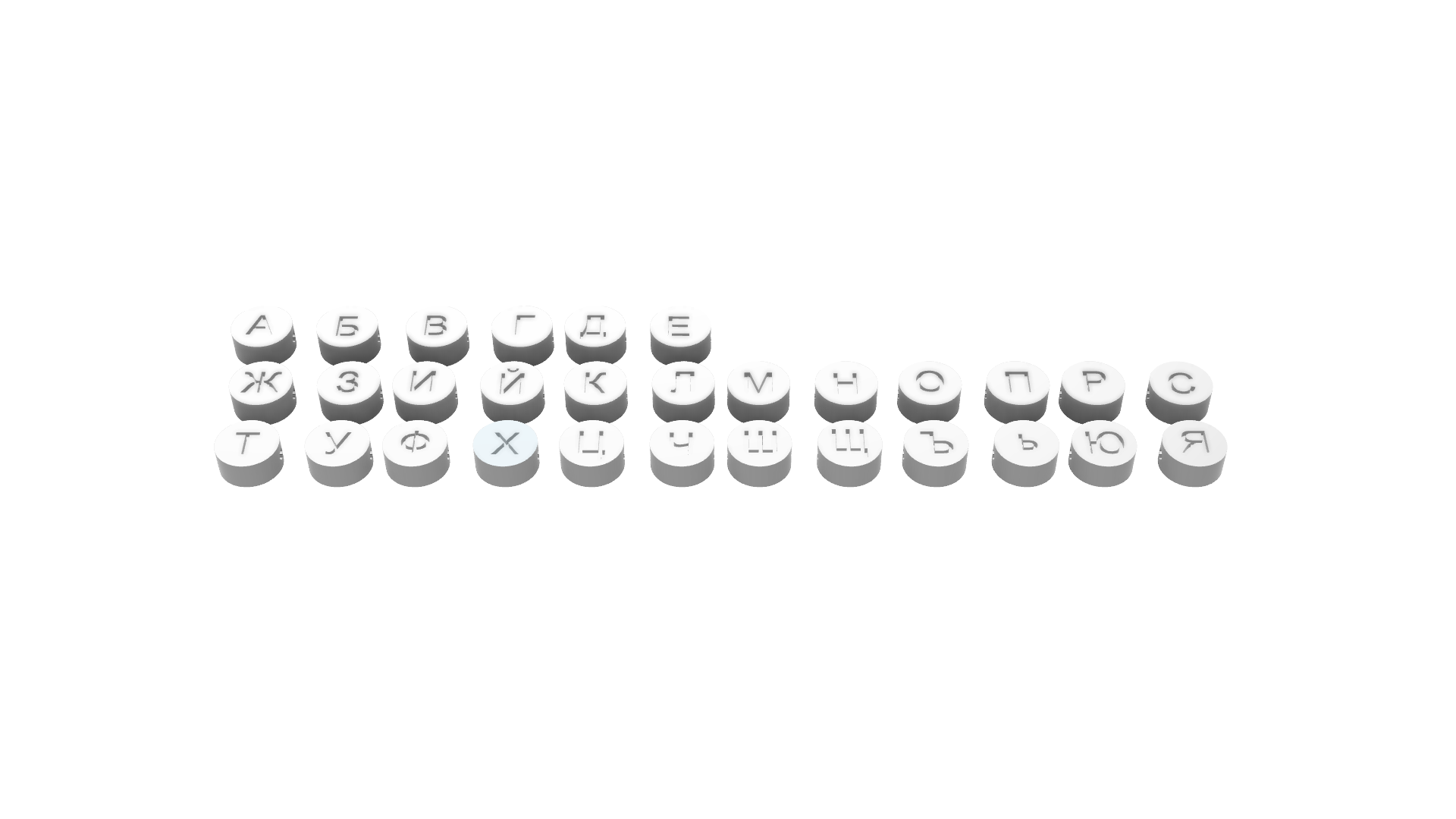
STL files viewer
Good luck!

